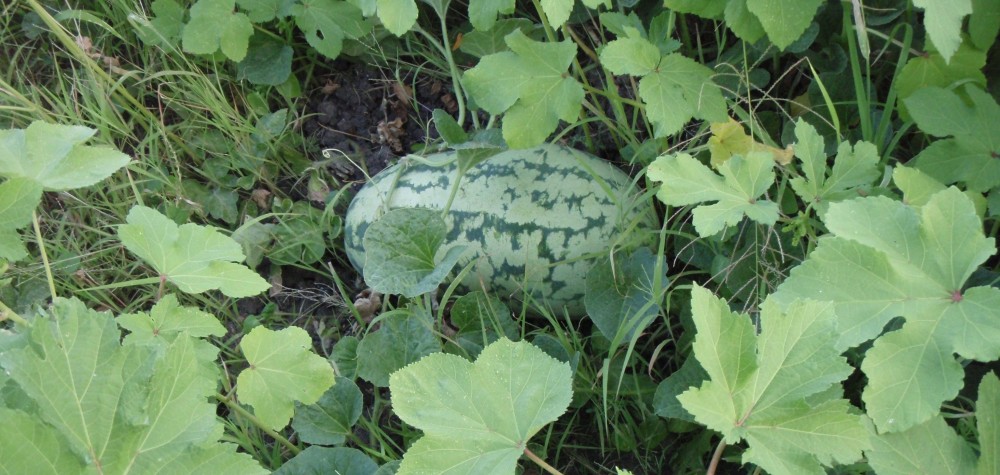From at least 2,000 BC until the arrival of the Spanish Conquistadors in about 1500 AD, the Mayan civilization flourished in Central America. Mayan cities, fields and roads stretched through the green and wet of middle America, extending from modern-day southern Mexico and the Yucatan Peninsula to Guatemala, Belize, Honduras and El Salvador. For over 3,500 years, the Maya and their culture of farming, building, trade, politics, warfare, mathematics, astronomy and writing were one of the most dominant, varied and developed of the civilizations of Mesoamerica.
In the jungles, the remains of the Mayan pyramids stand overgrown, vegetation softening the once busy lines of the structures and blurring the perimeter markings of the fields and the outlines of the roadways. Some of the monuments have been restored and are busy again — now with tourists buying trinkets and cold drinks. Many of the locations have been looted, the artifacts sold to bidders who may know little of the peoples who made them long ago.
The paper the other morning had an article under “Art.” Two rare ceramic Mayan censer stands from about 700 AD had been acquired by a museum. In the pictures, the stands for burning scented gums are impressive. One is a many-layered jaguar god, the other the climbing head of a supernatural being. The article reported that the purchasing officials declined to say how much the artifacts had cost. The writer opined that such objects were rarely seen at auction, but would probably sell for $2-3 million dollars each.
The stands left Mexico in 1968. No mention was made as to how they left Mexico or where they had originally been discovered. Lost objects of a disappeared people, the fantastic ceramics may now greet wary school children on tours to a museum and travel perhaps with the young minds into their night slumbers.
On the stands, there are symbols to the right and left.
Those symbols are glyphs. The glyphs are word pictures, the lost writing of the Maya. We know now that the Maya possessed a true writing system. The glyphs and their contained symbols have been interpreted and can be read. Much of the complicated writing is history, stories of the times, rulers and battles of the Maya, who they were when sweet-smelling smoke rose from the tops of incense burners in their jungle temples.
Not all writing is the same.
It took a very long time to rediscover the Mayan script. The meanings of the written glyphs were lost after the Spanish conquered the lands, the European diseases decimated the peoples, and the surviving Maya crept back into the primal forests to forget the past. Scholars have long studied the blocky, columned, picture-like glyphs and wondered and conjectured and sought to piece together their meaning, seeking the help of old stories told by village elders and remnant words spoken along hidden streams by natives with the profiles of their ancestors cut into the stones on the walls of the fallen cities. Now, we know the glyphs are the words of the ancient Maya, a language that still exists and has for thousands of years, only to be found again.
In the West and the lands of my European ancestors, writing starts with an alphabet of 26 letters: 21 consonants and five vowels. Each consonant and vowel has a little sound. We combine the little sounds into syllables. Some of our syllable are simple words, for example, go and ten, got and end. Many of our words are combinations of syllables, for example, gotten. My writing system, the one I’m using right now to compose this post, is a 26-sign-alphabet-based writing system.
The Mayan writing system starts with many many more signs — some 800 signs. Each Mayan sign is a syllable, not a letter. By comparison to our alphabetic system, the Mayan syllabic system would have separate signs for the sounds “go” and “ten,” “got” and “end.” The Maya did not construct these syllabic sounds from letters, they started with the sounds of the syllables themselves and invented signs to represent the sounds. In Mayan, the word “gotten” could be the symbols for “go” and “ten” contained in a picture-block or glyph composed of the two signs. The Mayan scribe could also construct the word “gotten” from the signs for “got” and “end.” (This example is purely exemplary; I don’t know if the Mayan language actually has signs for “go” and “ten” and “got” and “end” for the word “gotten;” but I’ve use these fabricated combinations to help you get the picture.) The point is that the Mayan writer of the past could have gotten to the word “gotten” by different routes using different syllabic word signs to construct the word.
So, this all sounds quite complicated, and it is — which is why it took so long to re-figure out the Mayan writing system.
Those figures or glyphs are more than just pictures, they are word drawings composed of syllable sound-signs.
And, those fancy incense stands in the paper are more than towering and fantastic faces with signs-to-the-sides.
Those signs on the stands may be the name of the jaguar or the story of the supernatural being or something even more amazing and unknown.
Who would have ever known?
Many earlier in their time.
And a few today.
You, too?
Grandpa Jim
